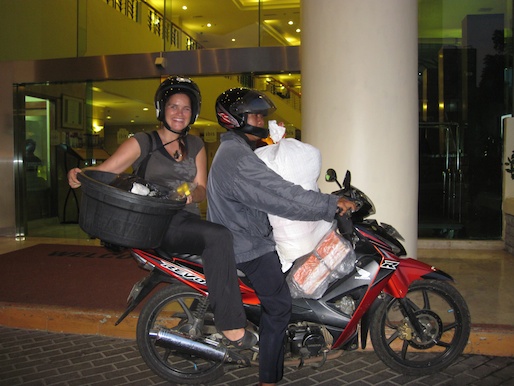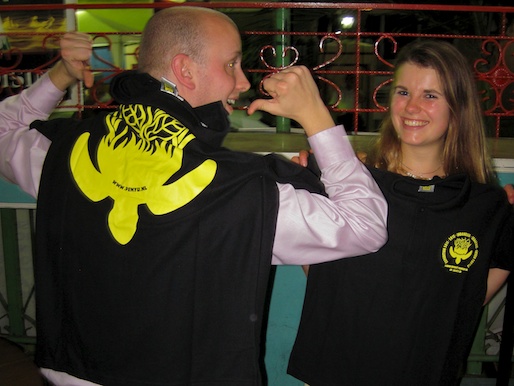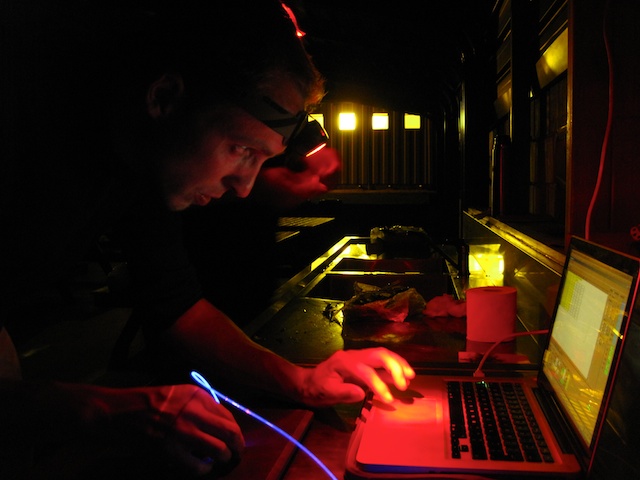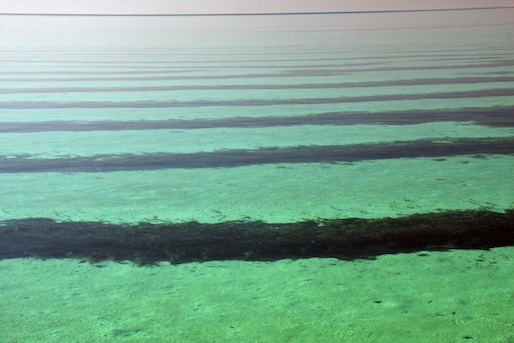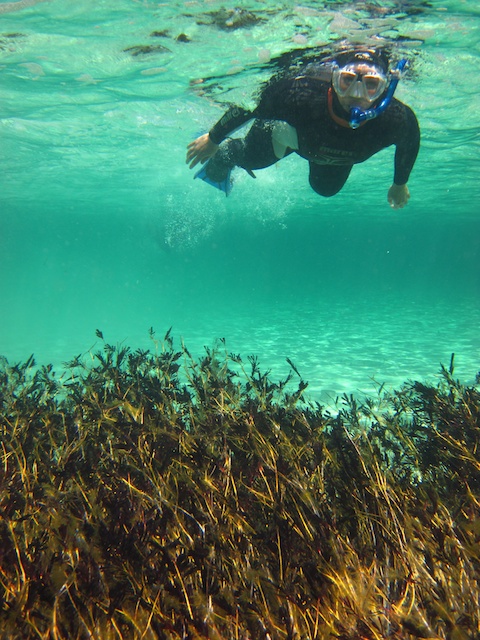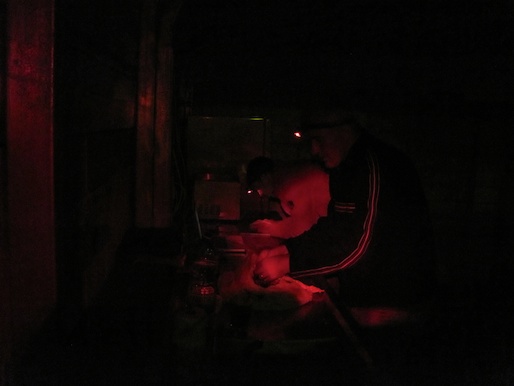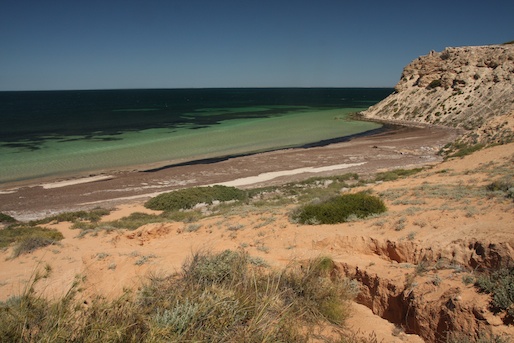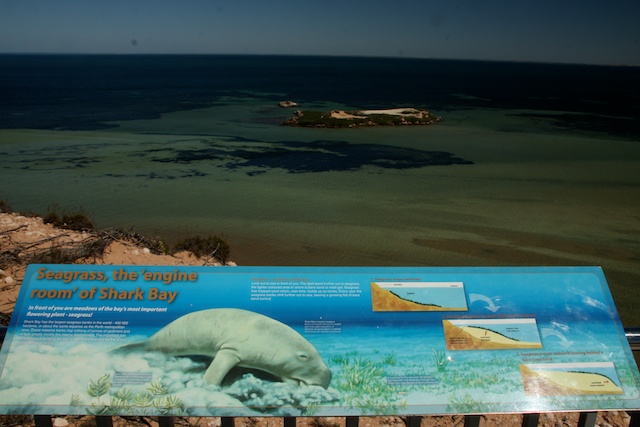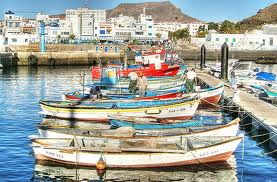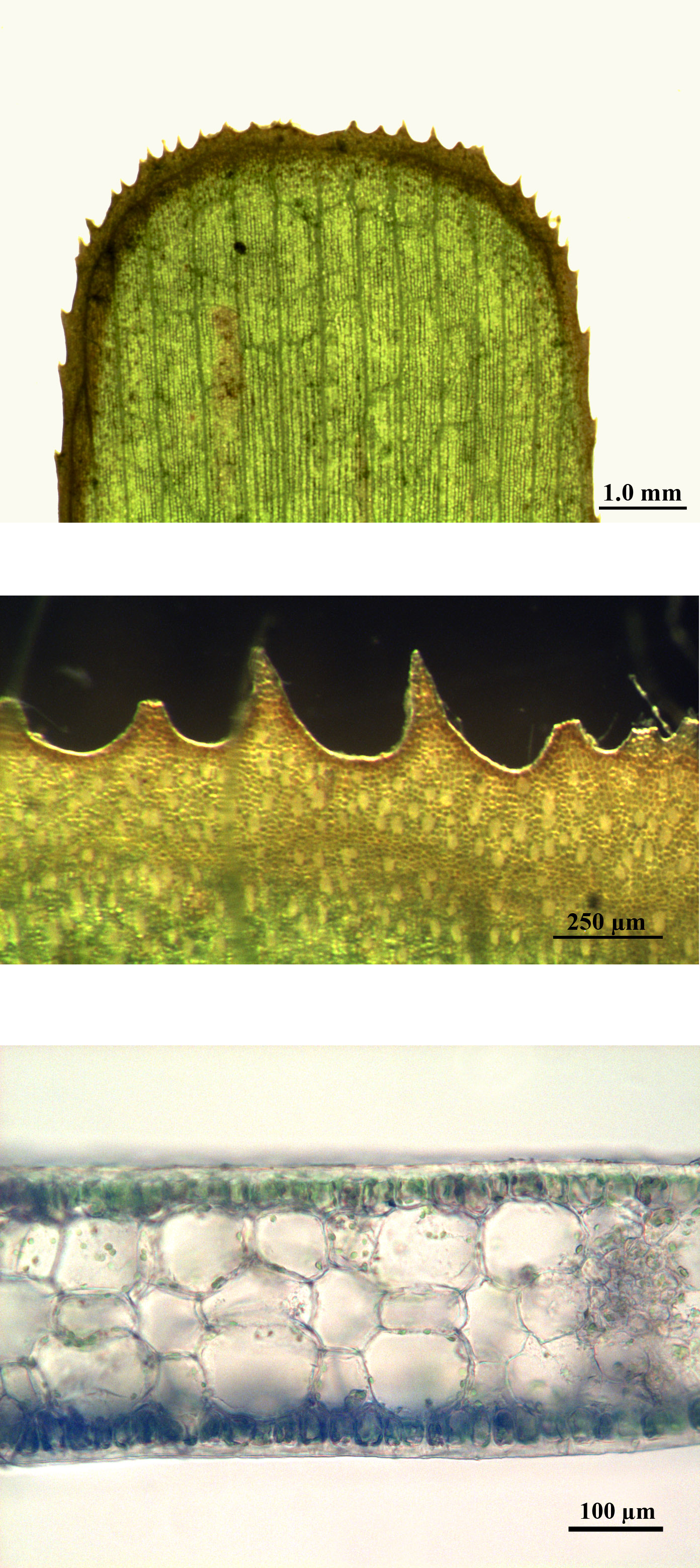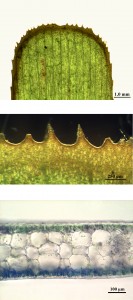And were back! To give you an idea of what we did before travelling to our remote fieldwork site, here’s a (simplified) checklist:
- Arrange research & travel permit, KITAS, letters for governors, certificate of good conduct police (10 trips, at least 3 days)
- Give presentation at World Delta Summit & follow EcoDynamic Design workshop
- Buy all research equipment (60 kg) from small shops all around Jakarta,
- transport this on the back of Arifins’ motorcycle and busway to avoid being stuck for ours in Jakarta’s traffic jams
- Book 25 domestic flight tickets
- Get essential soto-ayam & es jeruk nipis,
- Prepare 30 under-water cages at Wawans house
- Introduce Iris & Peter to Indonesia
- Visit the wedding of Arifin’s son that follows Indonesia’s principle: SMP (sesudah makan pulang; finished your food? go home)
- Go to Open Science meeting (Jakarta) and give OSM workshop (Makassar)
- This all with laryngitis under 33 degrees celsius in formal dress.
This time Iris and Peter will join me for their MSc. intership during this last fieldwork period of my Phd. Here they are presenting our new penyu-team merchandise. You can follow Peters’ stories here, and Iris’ on facebook

